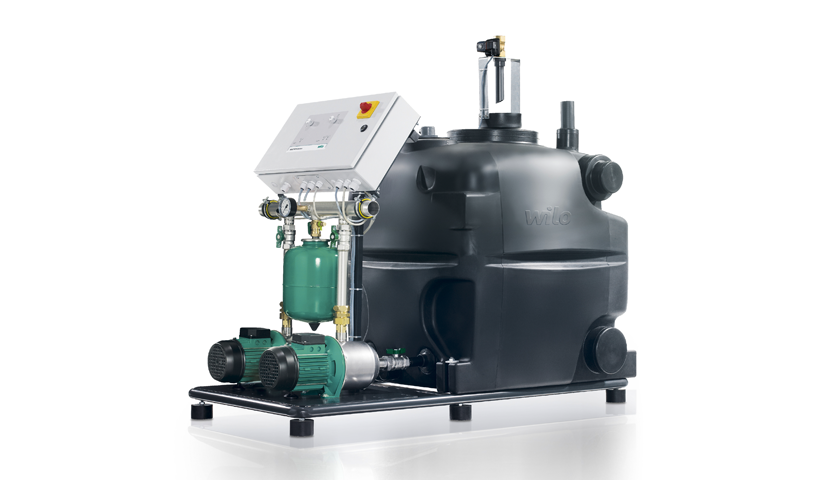Rainwater harvesting is becoming an increasingly relevant option here in the UK as the opportunities to include it in new and refurbishment projects grow. Rainwater harvesting put simply, is collecting rainwater which falls onto roofs, storing it and using it as a free resource. Rainwater harvesting is the accumulation and storage of rainwater for reuse before it reaches the aquifer. Currently each person in the UK uses approximately 130-150 litres of water per day and far from reducing year on year figures suggest it is actually increasing year on year. We know that this is not sustainable going forward. We have to find ways to reduce that usage and to provide the water we need. Rainwater harvesting offers a vital option for the future.
Environmental considerations are key in rainwater harvesting discussions. Two in particular. We have to manage the demand for what is a finite resource. And we have to learn to deal effectively with surface water run-off. We often get a lot of rainfall in a short period of time and much of it is wasted. It’s a strange fact that in homes, over one third of potable water and in offices, over two thirds of potable water is simply flushed away. We spend a lot time and effort ‘polishing’ the water supply and then we flush it down the toilet.
So how can we deal with excess rainwater?
There are three ways – infiltration – a system promoting the passage of surface water through a permeable surface into the ground for example using soakaways; attenuation – which involves a reduction of peak flow and an increased duration of a flow event – for example, storm water storage, linked to the main sewer system; and thirdly there is rainwater harvesting – collecting rainwater from where it falls rather than allowing it to drain away.
There are a number of reasons why rainwater harvesting makes sense. There are very good financial reasons for harvesting water. It offers significant reductions in water costs and also a reduction in capital costs of providing attenuation.
For more information on Wilo’s Rainwater harvesting solutions please visit their website.


